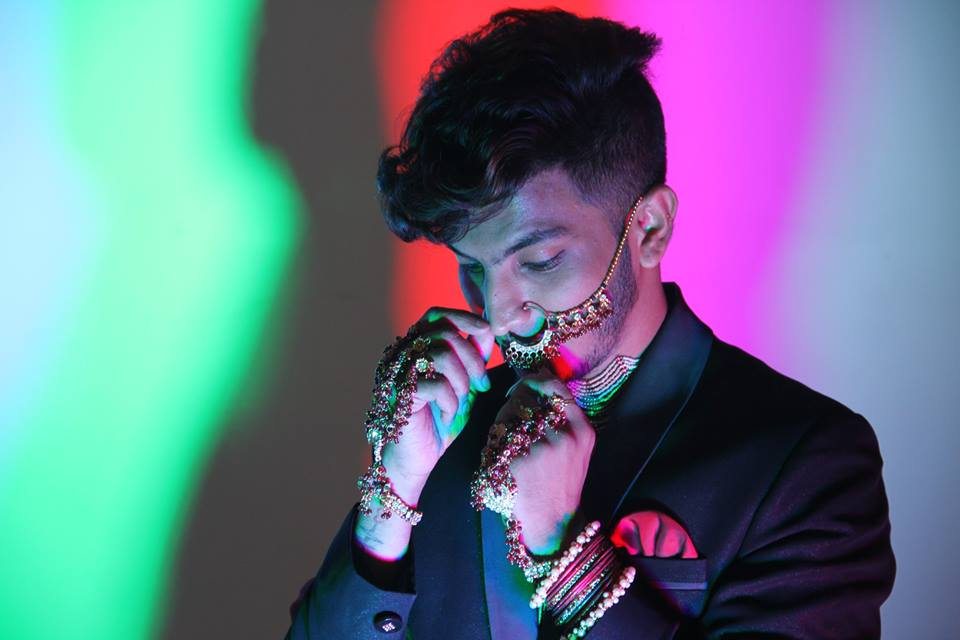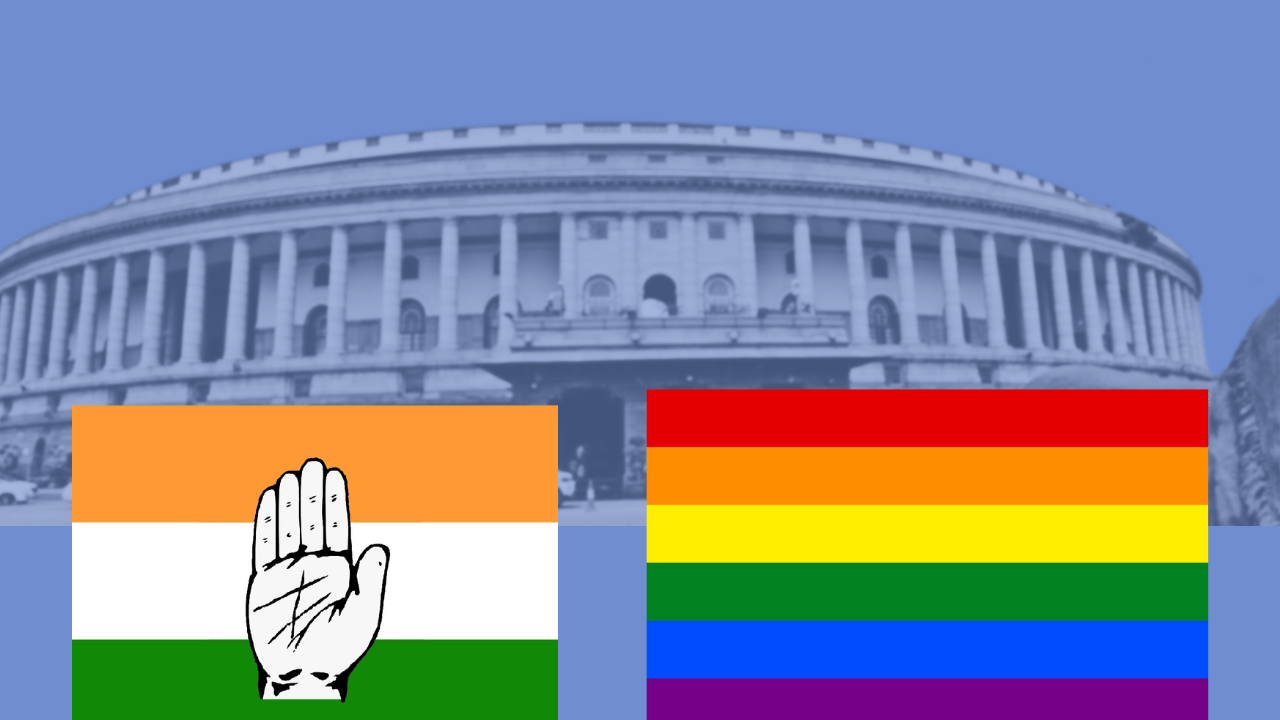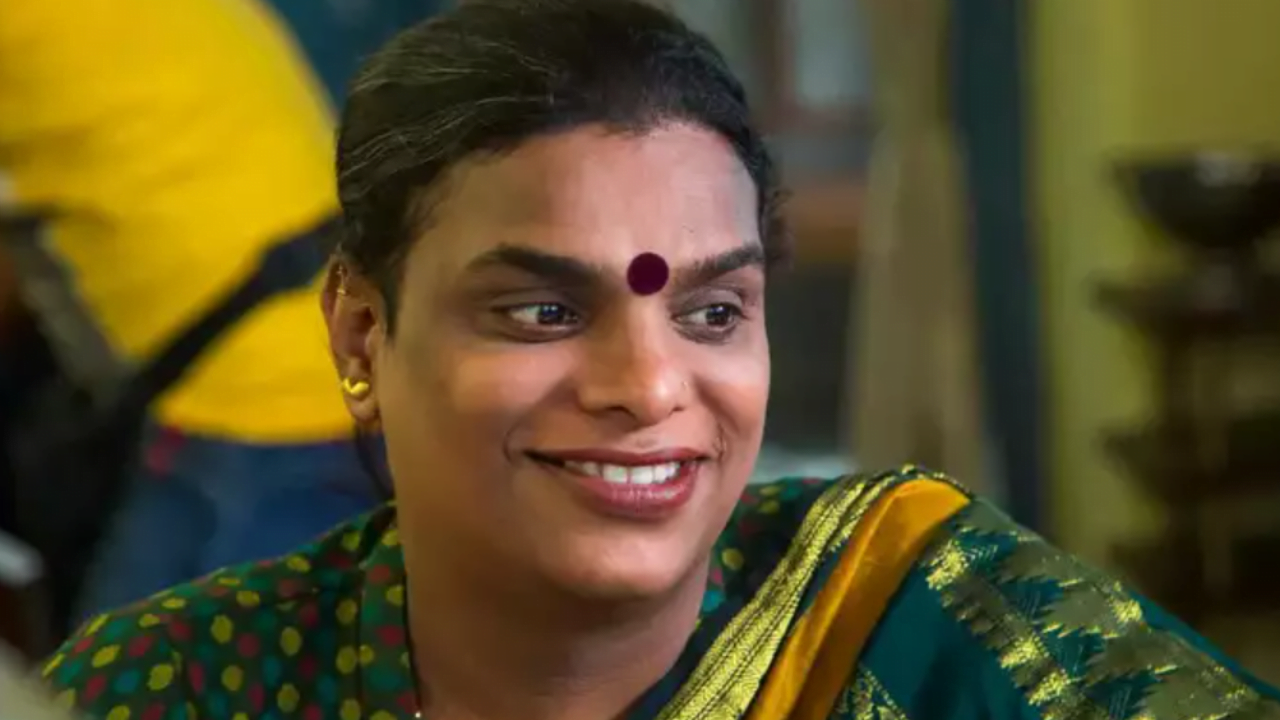Editor’s Note: This month, that is December 2019, FII’s #MoodOfTheMonth is Fashion, where we invite various articles on Feminism And Fashion (the fashion industry, fashion for Trans people, fashion for people with disabilities, fashion icons), that shape your life and your identities, either positively, or negatively or both. If you’d like to share your story, email us at pragya@feminisminindia.com.
Posted by Kanav Sahgal
The Gender Bender Assignment
A few months ago, our Sociology professor gave us an interesting experiment to do in college, called a Breaching Assignment. Each of us in her class, was instructed to select one gender norm and break it in public. We could work individually or work in pairs and had to pay close attention to other people’s reactions while we were breaking these norms. So, for instance, one male classmate cross-dressed in public, a female classmate went to a medical store and asked the shopkeeper for condoms and lubricants, and I (who identifies as male) applied foundation, make-up and eyeliner and roamed around the college.
After a week, all of us were made to share our individual experiences in class. This experiment is closely associated with the work of American sociologist and principal developer of the theory of ethnomethodology, Harold Garfinkel. Ethnomethodology is a unique form of sociological inquiry that seeks to understand how people make sense of their everyday world through their social interactions and behaviour. It questions that, which is taken for granted as “normal” and brings to light the ways and means by which people rationalize and justify existing social orders. A breaching assignment, is thus, an application of ethnomethodology that questions these assumptions of normalcy in society (we called this breaching assignment the “gender bender assignment”, and rightfully so!)
Why Connect Ethnomethodology To Fashion?
The two are inextricably connected, and this piece from The Sydney Morning Herald sums up the taken-for-granted attitude in fashion today:
“In the end, this is the most powerful force perpetuating the fashion divide; the fact that we have all been trained from an early age to regard some clothes as strictly for men, and other clothes as strictly for women. And anyone who refuses to follow this code is seen as making a huge statement.”
It is thus incumbent upon the ethnomethodologist to challenge taken-for-granted gendered assumptions and ask the following questions:
Why are certain colours, such as pink reserved for girls and others like blue reserved for boys?
Why do schools have gendered uniform systems? With skirts for girls and ties and pants for boys?
Why is the corporate dress etiquette gendered, with women expected to wear skirts, blouses and heels, and men expected to wear suits, pants and ties?
Why does the beauty industry and make up industry disproportionately target women and girls?
Where do trans gendered, gender non-conforming and gender-fluid people fit in the world of clothing and fashion?
Why do those do not conform to the rigid gender binary regularly face ridicule and violence?
While this is not an exhaustive list of questions, they are still worth asking. And although, it is true that the fashion industry has historically played the gender binary card, it is slowly mending its ways and queering fashion trends.
Queering Fashion In India: Post Section 377
The New Indian Express reports that the year 2018, which was the year India scrapped parts of the Indian Penal Code (IPC) Section 377, was a great year for queer fashion in India. From Akshat Bansal’s Bloni Label to Ayushman Mitra’s Bobo Calcutta, Lakme Fashion Week Winter/ Festive 2018 witnessed drag, genderqueer and androgynous fashion, a big nod to the queer community which has for millennia been rendered invisible in the public eye, till now.
The queering fashion trend isn’t restricted to the few designers of Lakme Fashion Week though, multiple other brands are taking the plunge. According to Homegrown, other labels include Kallol Datta, Mriga Kapadiya and Amrit Kumar’s NorBlack NorWhite (NBNW), Sumiran Kabir Sharma’s Anaam, Pranav Misra and Shyma Shetty’s HUEMN and Sanya Suri and Resham Karmchandani’s label The Pot Plant.
What brought about this change?
According to professor Jo Paoletti, who specialises in the study of how consumer culture shapes identity, the reason for this queering fashion trend has to do with the rejection of the binary model of gender. To quote her from this piece in Vogue:
“We are seeing a real groundswell of realisation that this binary model of gender just doesn’t work. It doesn’t apply to most people in subtle ways, and it absolutely doesn’t apply to many people in profound ways. The more we wake up to this realisation, the less adequate our current language will become”.
In the landmark 2015 National Legal Services Authority v. Union of India Supreme Court judgement, it was ruled that a third gender category would be recognized by the Indian State, and all Transgender people would be eligible to register themselves on official documents as belonging to this ‘third gender’. Before this judgement, Transgender Indians had to identify themselves as ‘male’ or ‘female’ in all official documents.
Freedom, choice, individuality and creative expression are the hallmarks of contemporary fashion. And interestingly, these descriptors may also be applied to the struggles and aspirations of India’s queer community.
Although Transgender rights are under attack in the country right now, with the passage of the infamous Transgender Persons (Protection of Rights) Bill, 2019, it is important to recognize that while current government is determined to disallow gender queer Indians from self-identifying, this line of thinking is not followed in the Indian (or even global) fashion industry. Freedom, choice, individuality and creative expression are the hallmarks of contemporary fashion. And interestingly, these descriptors may also be applied to the struggles and aspirations of India’s queer community.
The Future: Addressing Accessibility And Queerphobia
In Gender Trouble: Feminism and the Subversion of Identity (1999), Judith Butler argues that gender is performative, influenced by social conditioning and behaviour. She even goes so far as to argue that, sex and gender aren’t very different. According to her, both are social constructs. “Your behaviour creates your gender”, she says.
Why then does Indian society still see gender as a binary?
During the breaching assignment, I was met with a lot of glares and unwelcoming stares for simply wearing make-up and eyeliner. Another classmate, who had cross-dressed was called a “bhoot” (ghost) by children in a nearby building complex. Moreover, how is the message of gender-bending inclusivity reaching those Indians living in small towns and rural India? Gender-bending or queering fashion is, after all, inclusive of those with unique gender identities, but not so inclusive of those who do not have the financial, social and cultural capital to access these designer labels.
Gender-bending or queering fashion is, after all, inclusive of those with unique gender identities, but not so inclusive of those who do not have the financial, social and cultural capital to access these designer labels.
Apoorva Malhotra’s personal account of her experience as a homosexual woman in India is harrowing. An excerpt from the article reads: “It feels scary to live in a place that has more than 330 million gods, and yet I can count on neither one of them for blessings.”
Also read: Infographic: How Can The Fashion Industry Become More Inclusive?
It is indeed true that despite landmark rulings such as the NALSA Judgement and Section 377, queerphobia (the irrational hatred and prejudice for queer people) is here to stay in India. Beyond queerphobia is the issue of accessibility of those in small towns and villages. Fashion has and still is, seen as largely an elitist, upper-class pursuit. The humiliation, shame and stigma that queer people face on a regular basis in India are some of the reasons why many choose to hide in the closet and suffer in silence.
Thus, while fashion offers an escape, it isn’t the solution to the extant systemic problems of prejudice and bigotry that plague our country today. While fast fashion brands like Zara and H&M are gaining momentum in India, their more accessible designs stick to traditional gender norms. It will take many more years of activism, education and awareness to truly make affordable fashion designs that are both gender-neutral and genderqueer.
Also read: Camp: Notes On Fashion – The Queer, The Feminist, The Political
Within the global context, American performer, Billy Porter has been making headlines lately for his bold red carpet and Met Gala looks, where he told Variety, that he uses fashion to make political statements. Indeed, fashion is political and will continue to be. How this politics transcends to the masses though in an extraordinarily stratified and hierarchical country like India though, is yet to be seen.
Kanav N Sahgal is a post-graduate student at Azim Premji University, Bangalore where he’s pursuing his Master’s Degree in Development. He identifies as queer for personal and political reasons. An ex-corporate professional, Kanav is passionate about his newfound career trajectory in the development sector, where he aims to read and write about social issues especially within the realms of medicine, gender, sexuality and law. You can find him on Instagram and Facebook.
Featured Image Source: Fashion Network




